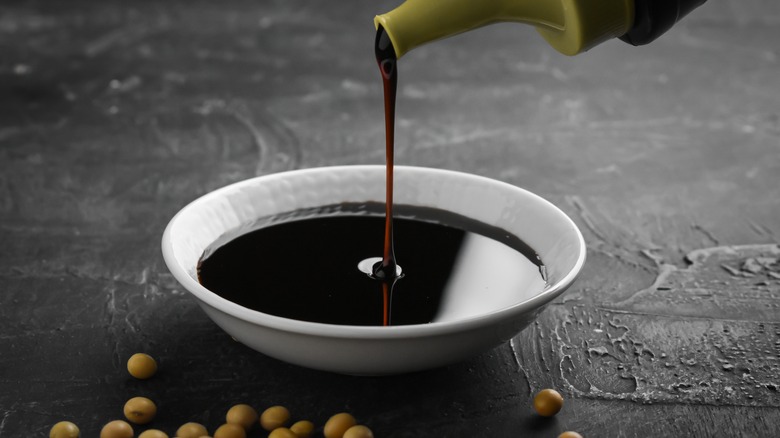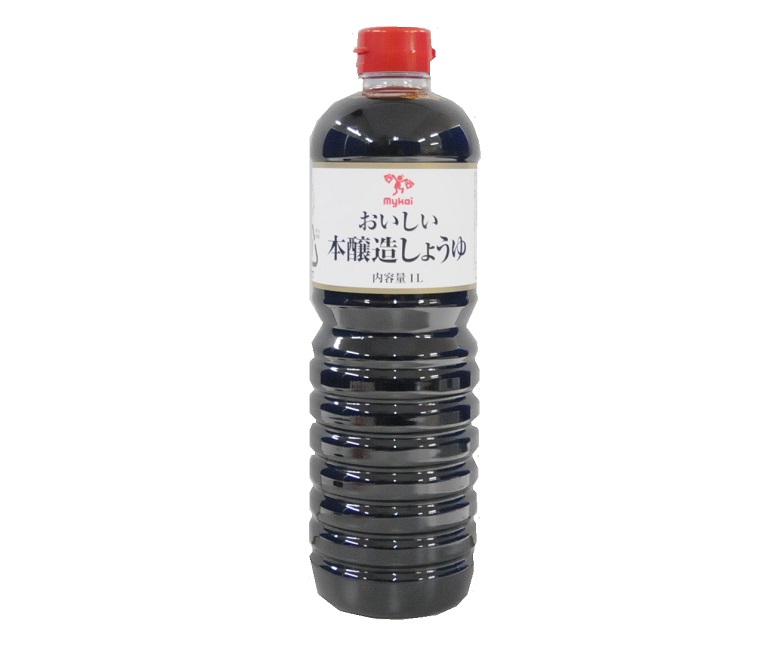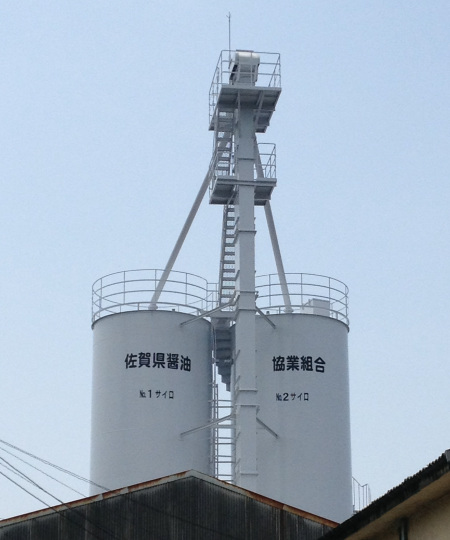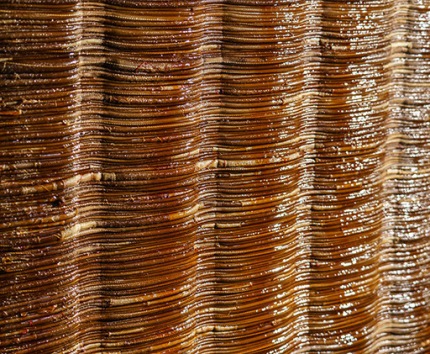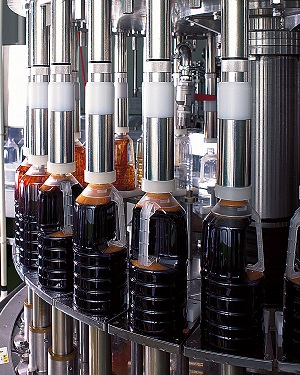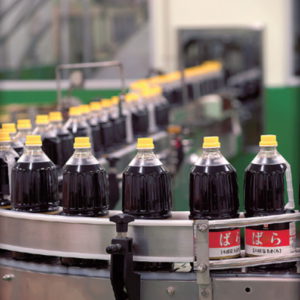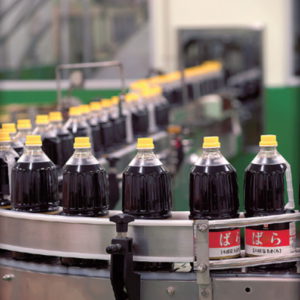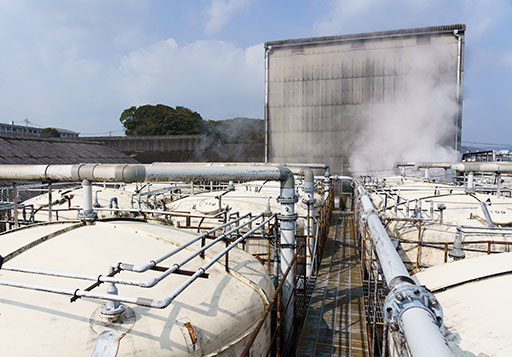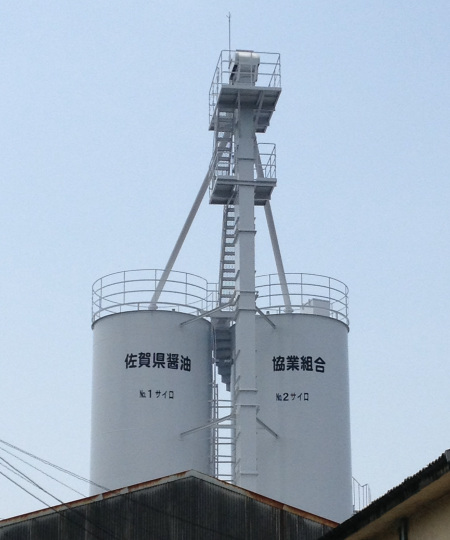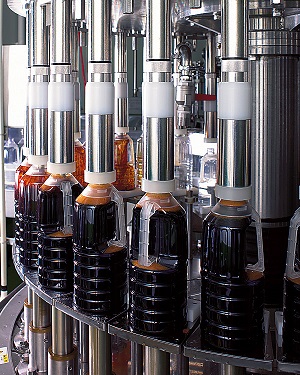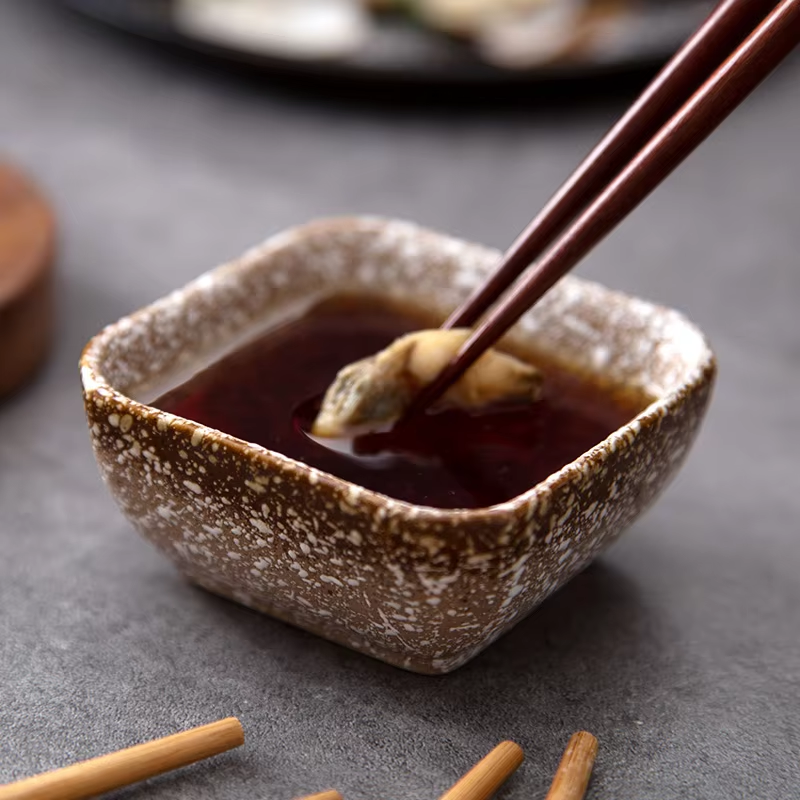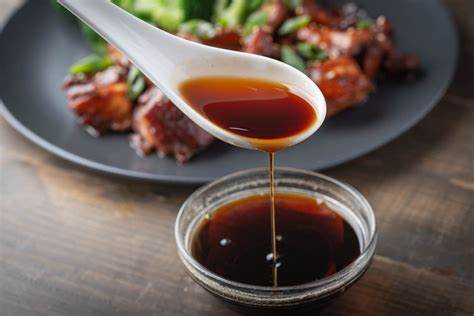ABOUT OUR SOY SAUCE

Soy sauce is a dark, salty liquid seasoning made from fermented soybeans, wheat, salt, and a fermenting agent, typically Aspergillus molds. It's widely used in Asian cuisine, particularly Chinese, Japanese, Korean, and Southeast Asian cooking. Soy sauce is a salty liquid condiment traditionally produced by fermenting soybeans and wheat. It is thought to have originated from a Chinese product called “chiang” over 3,000 years ago. Similar products were developed in Japan, Korea, Indonesia and across Southeast Asia. It first came to Europe in the 1600s through Dutch and Japanese trading (1, 2). The word “soy” comes from the Japanese word for soy sauce, “shoyu.” In fact, the soybean itself was named from soy sauce The four basic ingredients in soy sauce are soybeans, wheat, salt and fermenting agents like mold or yeast. Regional varieties of soy sauce may have varying amounts of these ingredients, resulting in different colors and flavors. Soy sauce is an incredible, must-have ingredient to have in your kitchen. It's salty, savory, and flavorful, with just a touch of sweetness, kokumi richness, and complexity. A good quality soy sauce is a moreish condiment to serve with some top-notch sushi along with some wasabi. Beyond dipping, it's incredible as a marinade, glaze, and sauce for cooking. It's also amazing poured over fried, crispy morsels, and as a dressing with rice and poke bowls. You can also make other sauces with it.
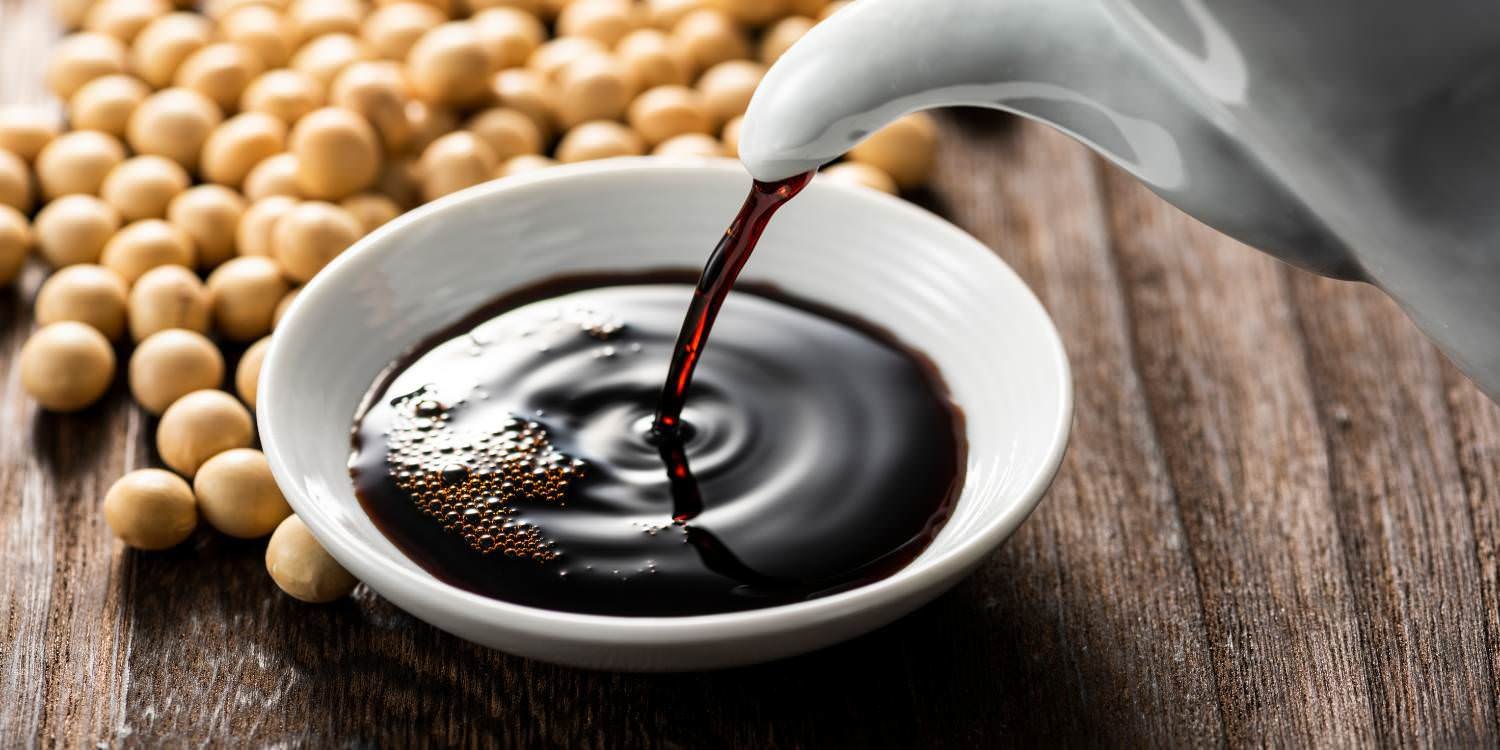
OUR PRODUCT
BENEFITS OF SOY SAUCE
Benefits
A Source of Sodium According to the USDA, just one tablespoon of soy sauce offers 910 mg of sodium. Dietary sodium is essential for basic bodily functions, including regulating blood pressure and nerve transmission. And a study shows that light soy sauce and dark soy belong to the top 10...
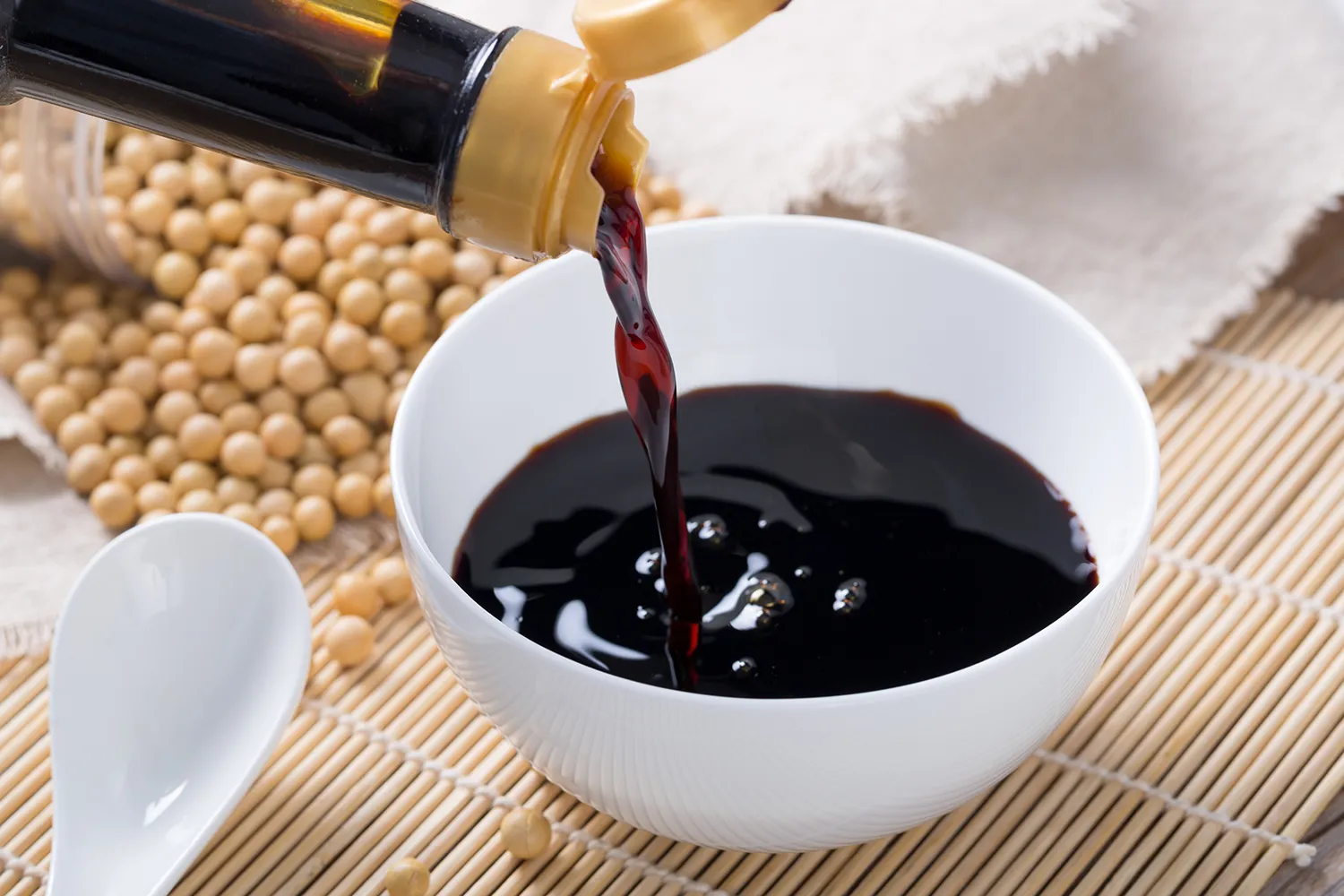
Soy Sauce Promotes Digestion
According to a study, consumption of Japanese soy sauce, ‘Shoyu’ in limited amounts can help healthy digestion by assisting the gastric tract in digesting the food effectively. Soy sauce promotes digestion as well by enhancing gastric juice secretion. Japanese style fermented soy sauce helps support the growth of beneficial bacteria...
Antioxidant Properties
Soy sauce offers shoyu flavones, a natural antioxidant. These natural antioxidants protect your body from damage caused by free radicals. The antioxidants in soy sauce can reduce the effects of inflammation. Furthermore, results from a study state that dark soy sauce decreases lipid peroxidation, a condition where free radicals attack lipids.





